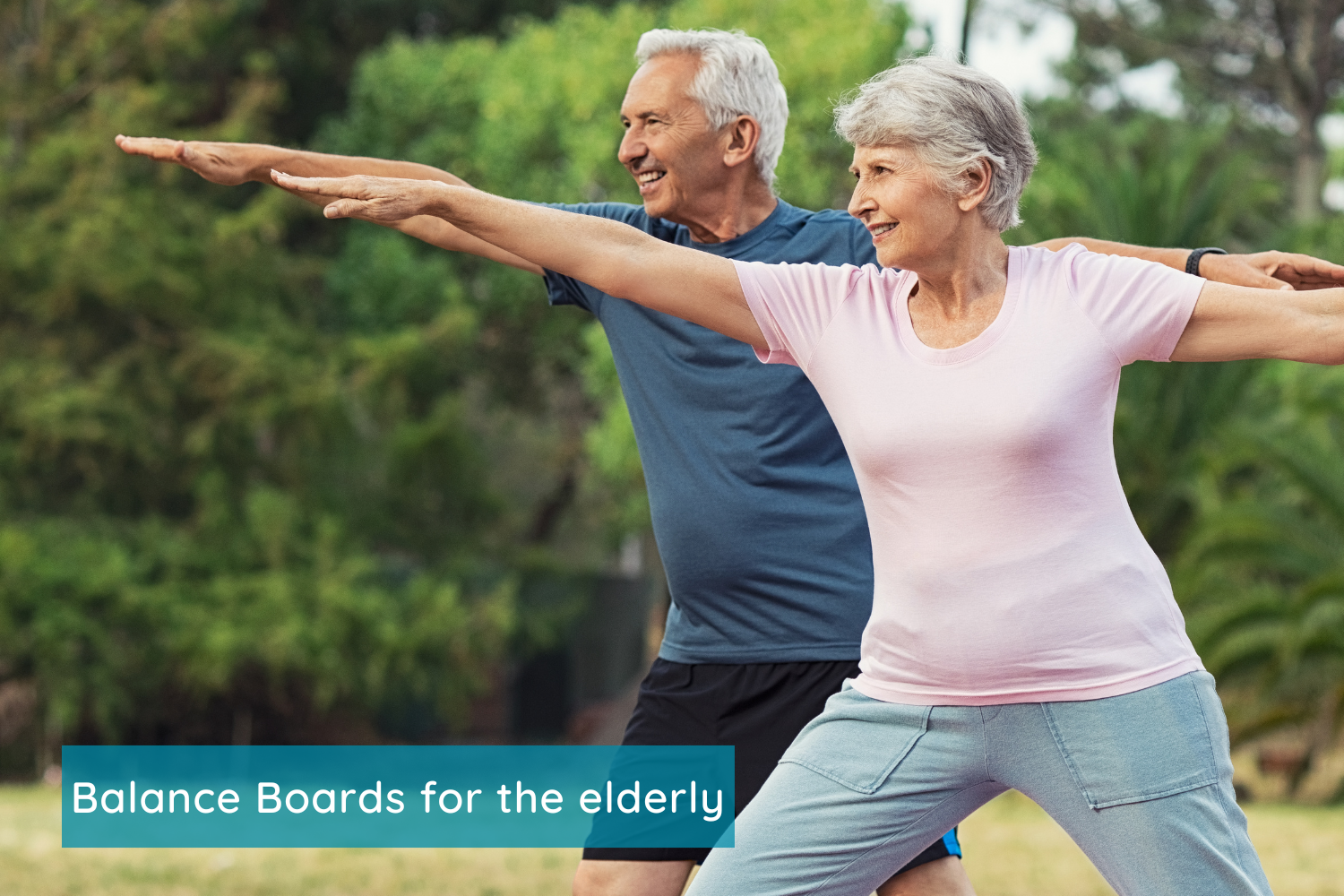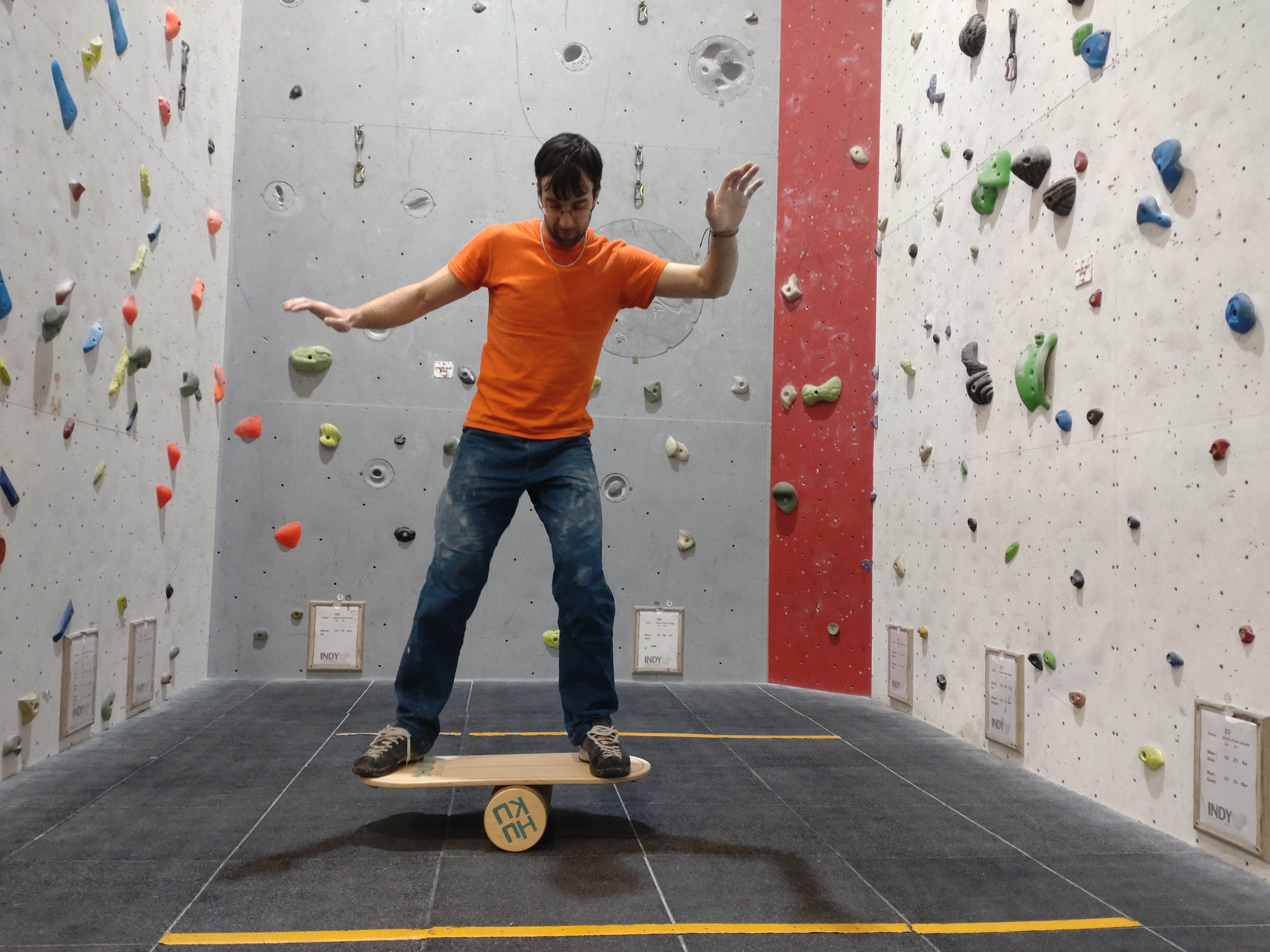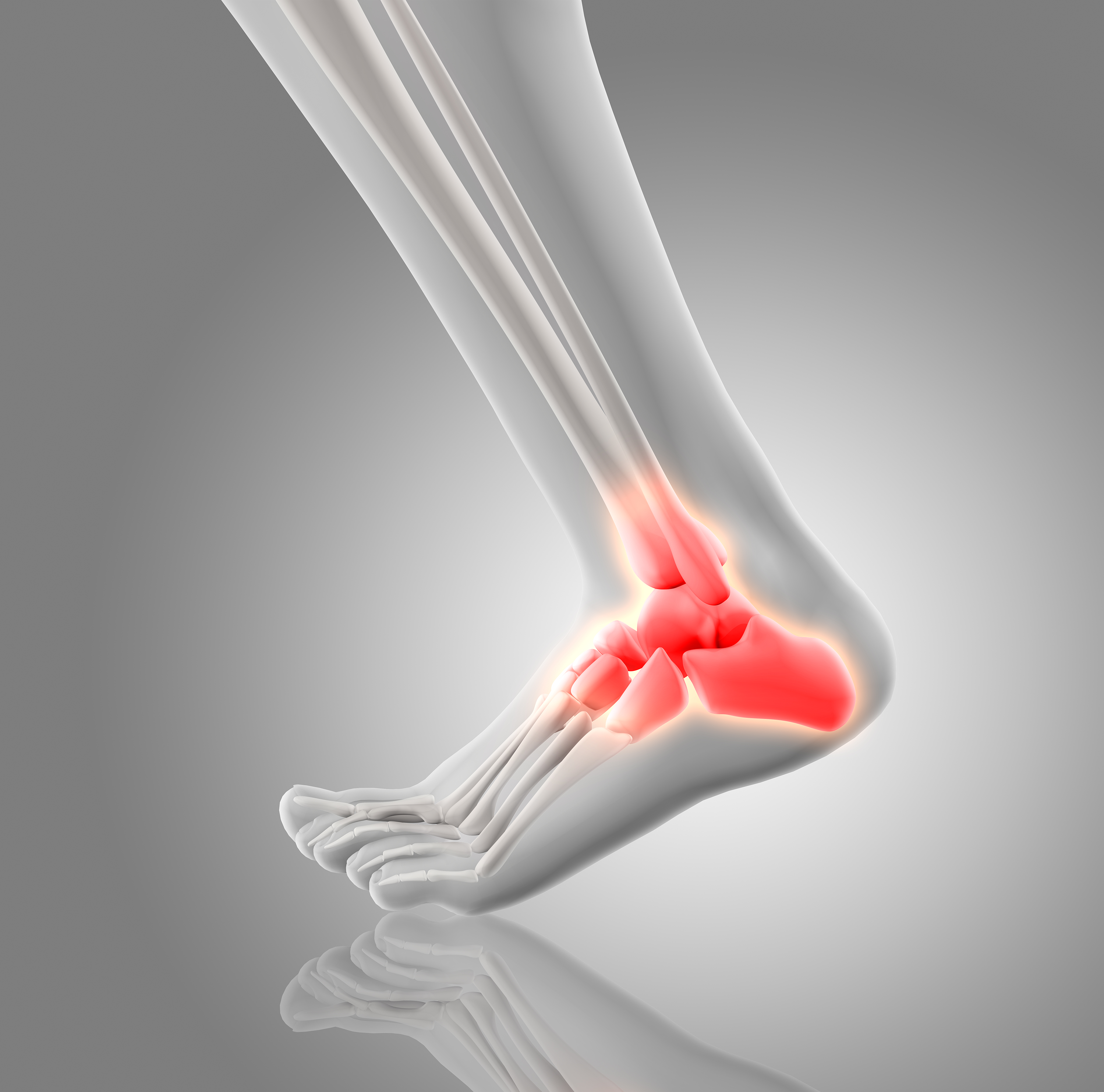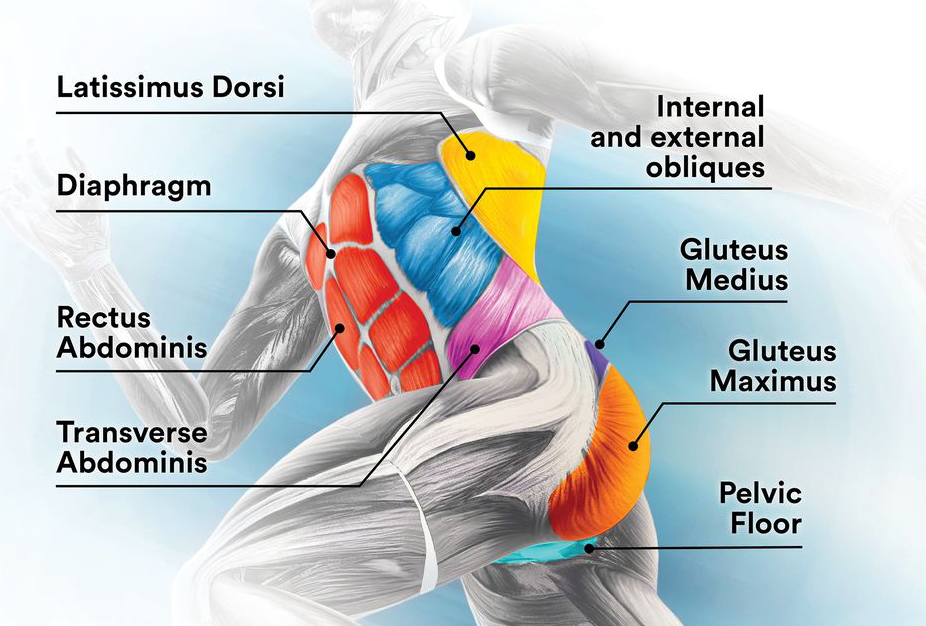Balance Boards for the elderly

Staying active as we age
We must try to stay active as we age to help ensure a healthy life. The benefits of physical activity are numerous and apply to people of all ages. Regular exercise can reduce the likelihood and severity of health problems that come with ageing. Cardiovascular exercise is great for our heart health and can lower the chance of heart disease. A consistent exercise routine can also help mental health, boosting our mood through the production of endorphins, hormones that trigger a positive feeling in the body. Building strength in the body as we age also means that we are less likely to be dependent on others for completing everyday tasks.
How much exercise do we need?
It is important that we try to fit as much physical activity into our week without overdoing it. A little bit of exercise is better than none at all! It is recommended that adults aged 65 years and over get at least 150 minutes of moderate-intensity exercise weekly. This involves activities such as walking, dancing, and water aerobics. It is also recommended that the elderly perform strength training twice a week, using light hand-held weights or resistance bands. Yoga is also a good strength workout! Improving balance is important for reducing the likelihood of falls and injuries. It is a good idea to introduce some balance training into your exercise schedule as you age.
Balance training
The danger of trips and falls increases as our sense of balance normally declines with age. This can lead to injury that can negatively impact our quality of life. As we get older, adding balance training can help us stay independent in daily life and decrease the risk of falling. There are various balance exercises you can perform at home with little or no equipment. We always recommend seeing a doctor or physical therapist first, as they can supply you with a programme that suits your needs and current fitness levels. Exercises such as sideways walking and heel-to-toe walking are gentle, low-impact movements that are great for beginners.
Balance/Wobble Boards
Balance boards and wobble boards are other forms of low-impact exercise that are perfect for seniors. Studies have shown that a wobble board can positively affect the standing balance of the elderly.
The Huku Lár is the perfect balance tool for seniors. It will keep you healthy and active without overstressing the skeletal system while improving balance simultaneously. It also helps improve posture by increasing strength in crucial areas such as the core muscles.
The Lár also builds strength in important joints, ligaments, and tendons which reduces the likelihood of injury and falls.
Conclusion
Staying active as we age is key to maintaining a happy and healthy life. A regular exercise routine can help combat heart disease and other conditions associated with ageing. We should aim to perform regular balance training also as it helps us stay independent and can reduce the likelihood of injury. Balance boards and wobble boards such as the Huku Lár are excellent choices as they improve balance and keep you active while remaining a low-impact exercise. We always recommend seeing a doctor or physical therapist before starting a new exercise regime.







